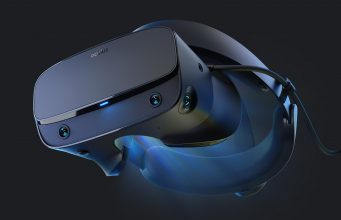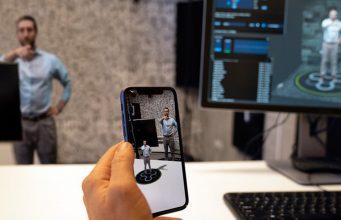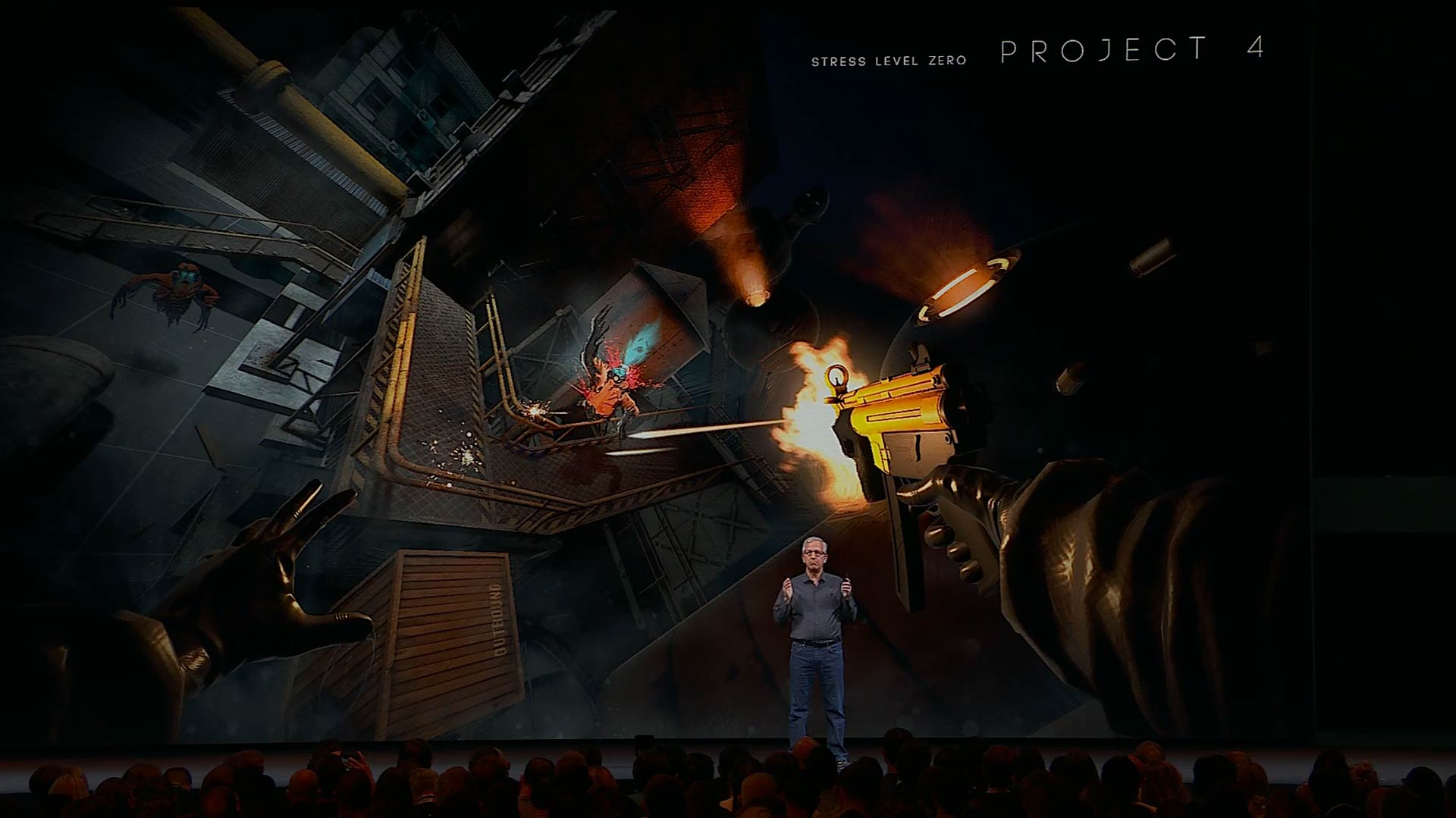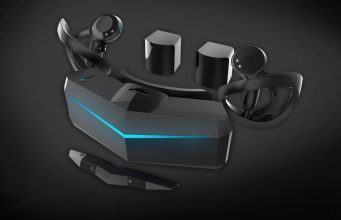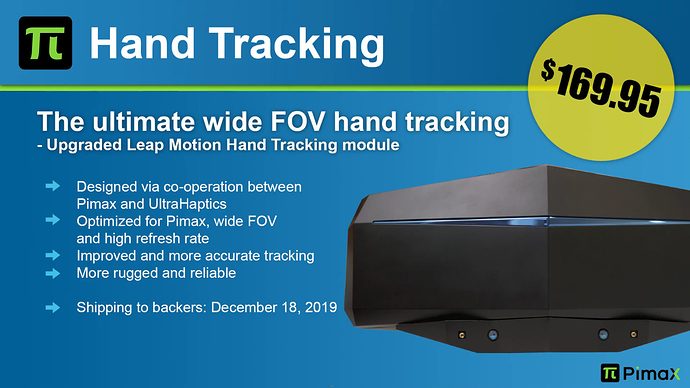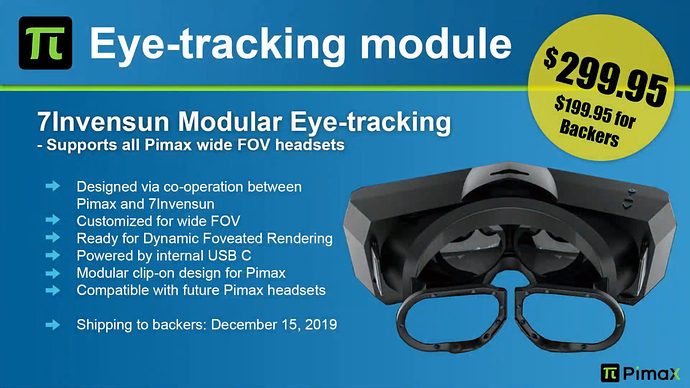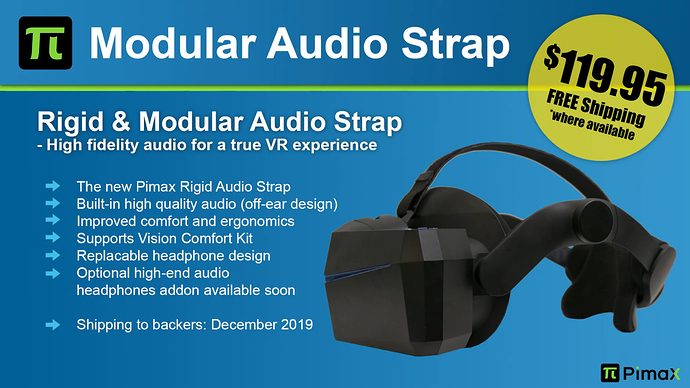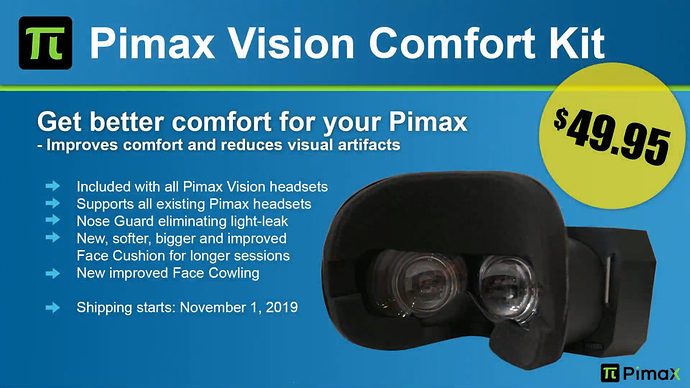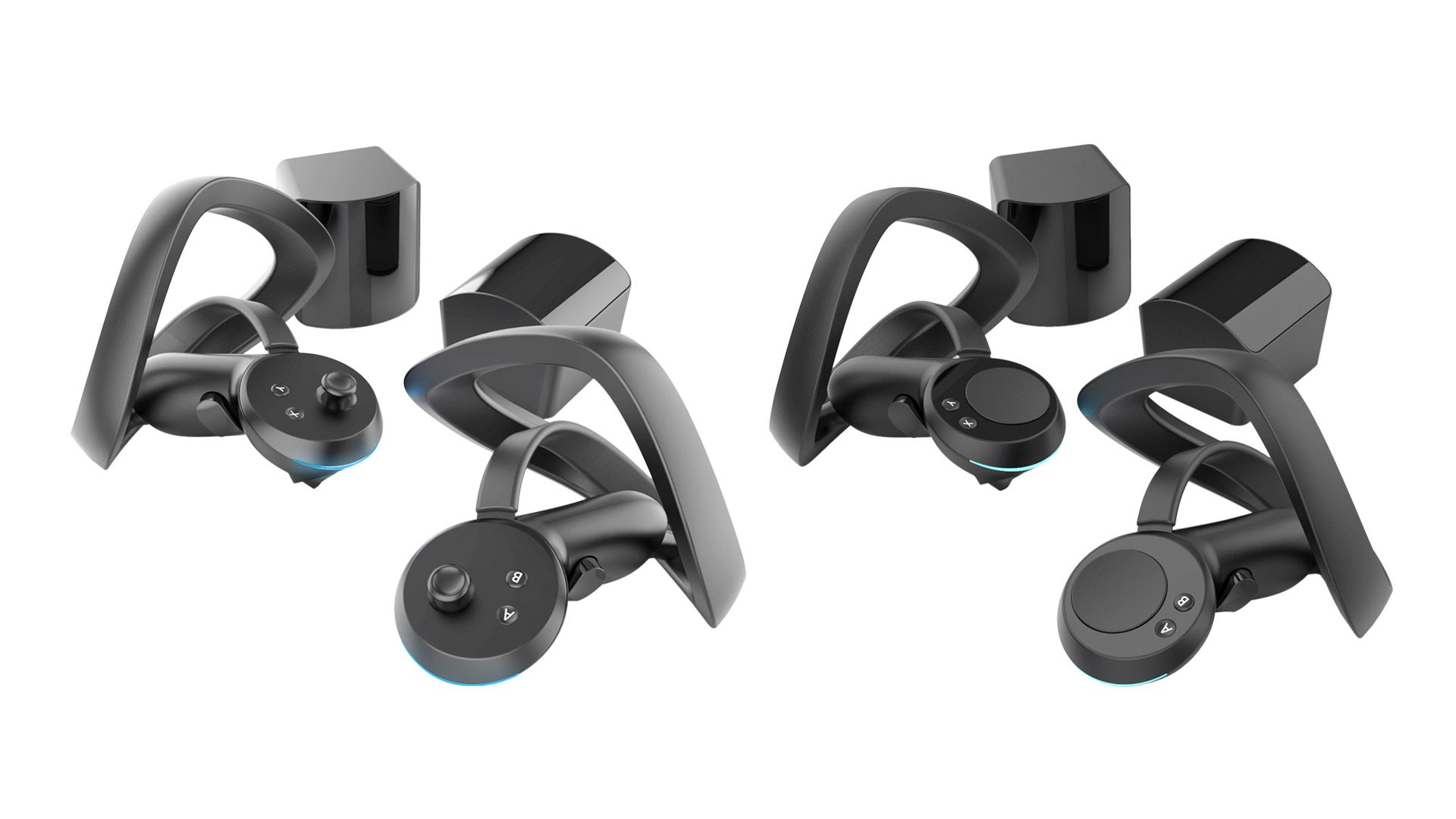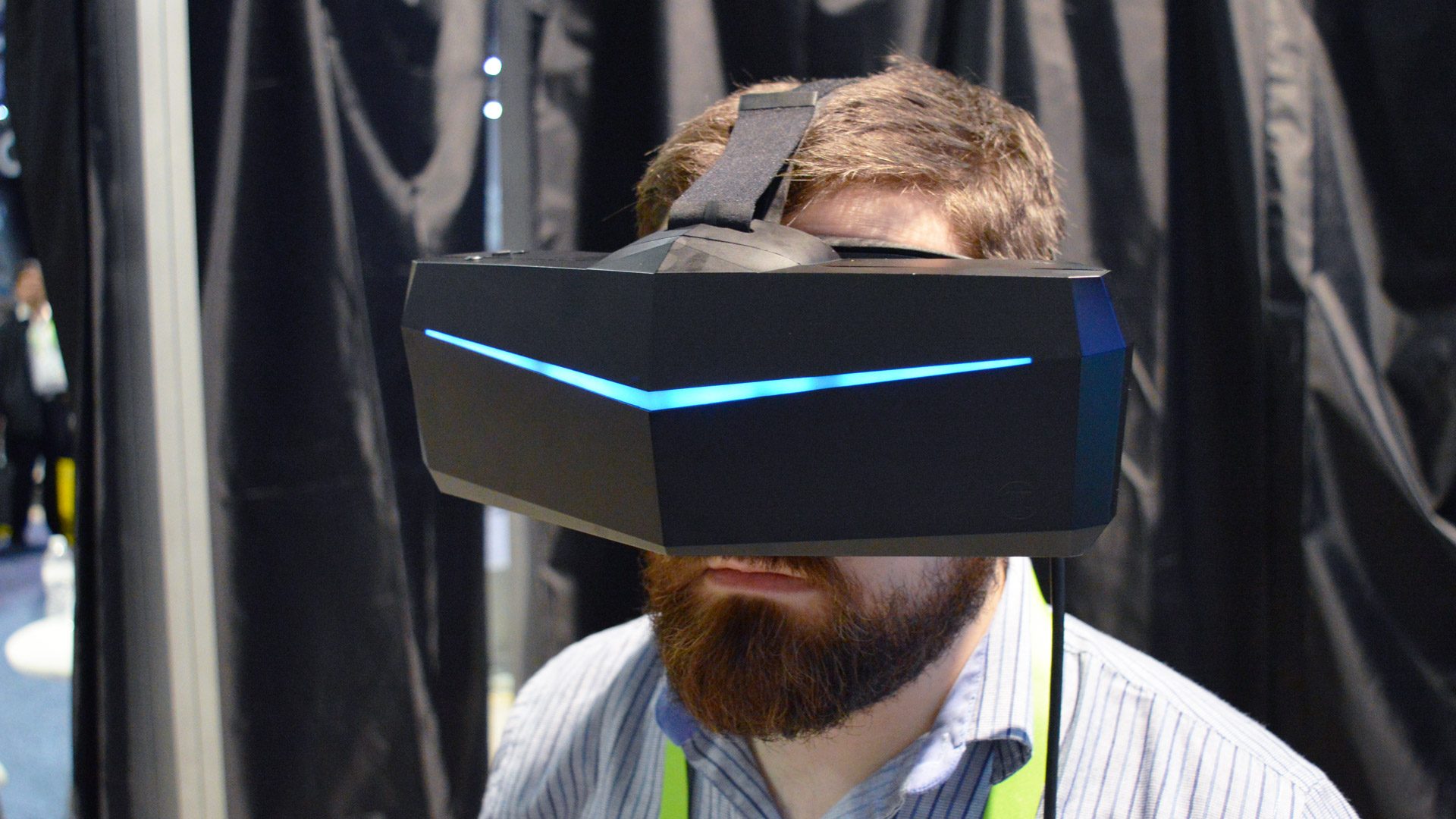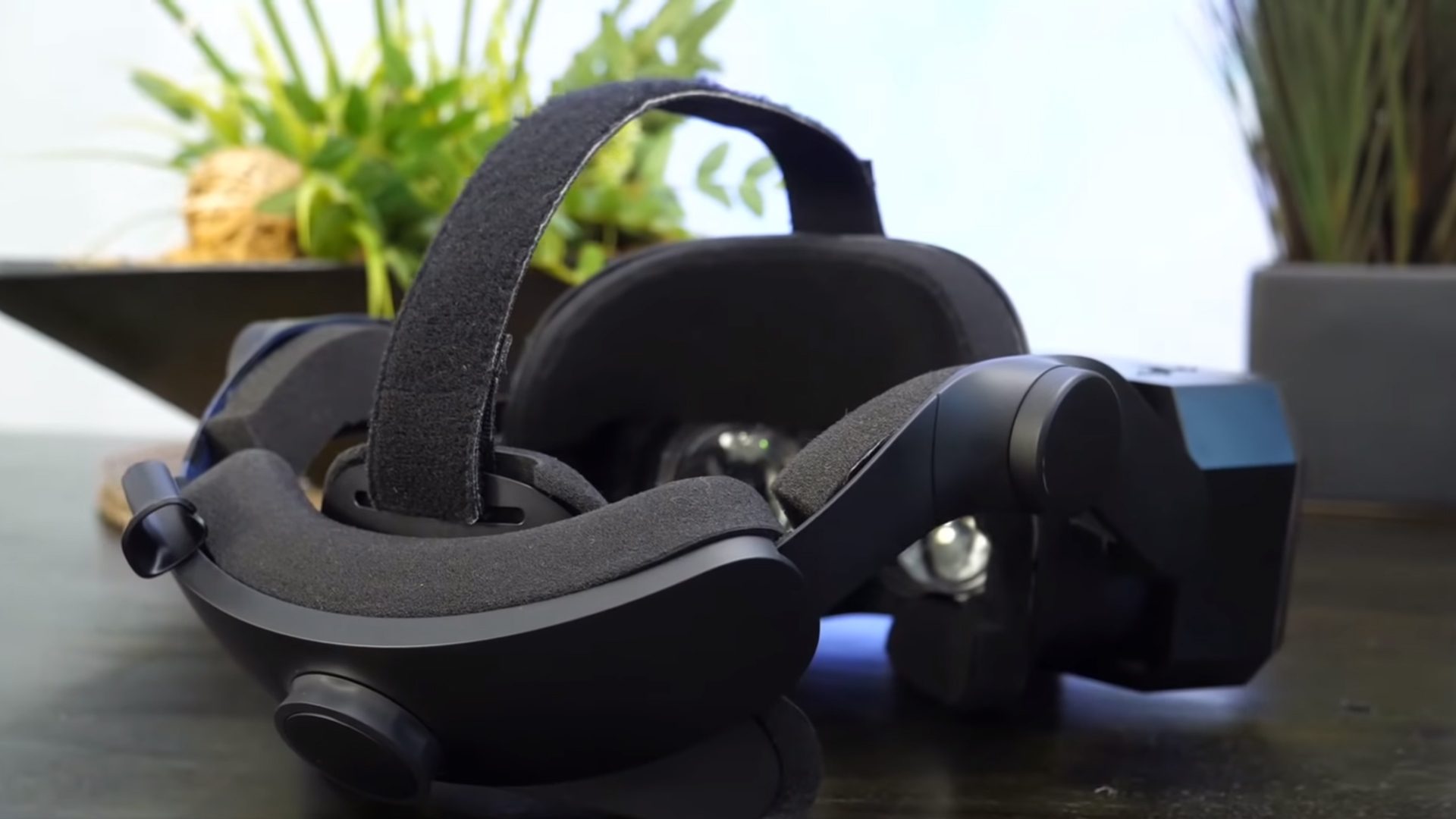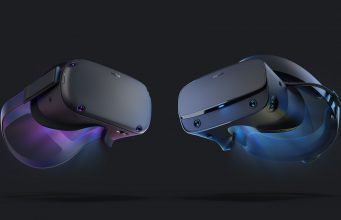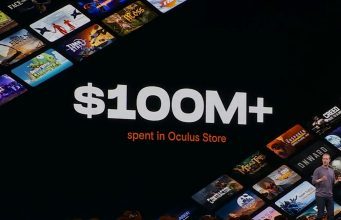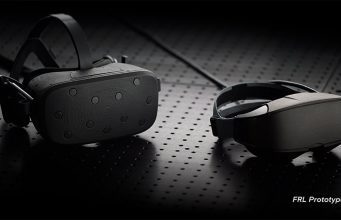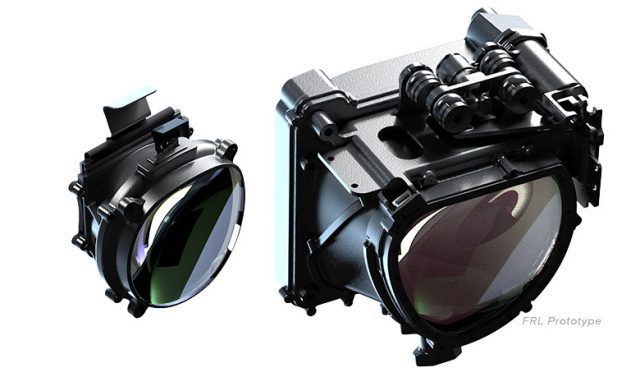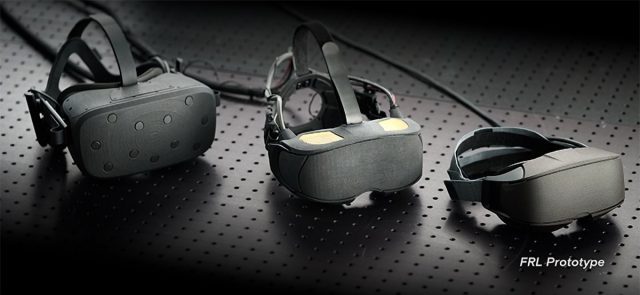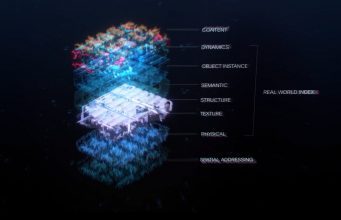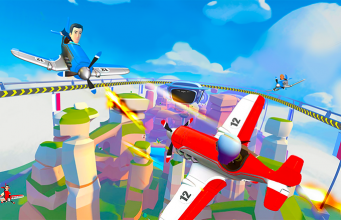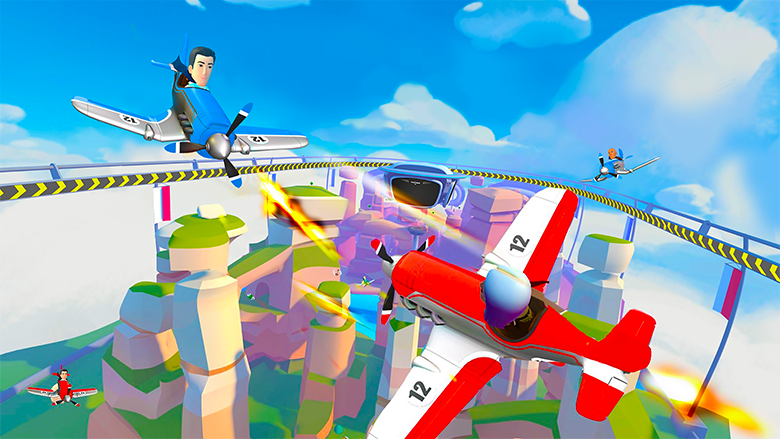
Tilt Five took to Kickstarter seeking $450,000 in funding to bring its AR headset to life. The headset, which uses a unique projection display method, is heavily focused on tabletop gaming applications. With 28 days remaining, the Kickstarter has nearly doubled its funding goal, and looks well on the way to passing the $1 million milestone with momentum to spare.
Update (September 30th, 2019): The Tilt Five Kickstarter is holding strong momentum since reaching its $450,000 funding goal just 17 hours after launch. The AR tabletop gaming headset project has nearly doubled that initial goal with $870,000 presently pledged. With 28 days remaining in the crowdfunding campaign, the Tilt Five Kickstarter looks well on its way to passing the $1 million milestone.
At $750,000, the project unlocked its first Stretch Goal which will bring a new color option to the display board (apart from the default black). Backers will get to vote on which color they’d like, and the most popular choice will be made available.
The project’s next Stretch Goal, coming up at $1.25 million, is a new color option for the headset and wand. One again, backers will get to vote on the color choice. The following stretch goal, at $1.5 million, has not been announced yet.
Update (September 25th, 2019): Tilt Five is officially funded, having reached its goal within the first 17 hours of the project going live. At the time of this writing, the Kickstarter is sitting at over $580,000 and its showing no signs of stopping.
The first stretch goal is at $750,000, which will bring with it a new game board color, voted on by the backer community. A second stretch goal, at $1,250,000, had yet to be revealed, revealing just how ambitious the creators are.
The original article announcing the project follows below:
Original Article (September 24th, 2019): Starting at $300, Tilt Five is an AR headset which hopes to revolutionize tabletop gaming by fusing board games and traditional gaming into a shareable and even networked experience. Multiple players are able to gather around a single board, each getting a unique view of the game world. While wand controllers can be used for both motion and button input, the Tilt Five board can also detect special playing cards and miniatures, allowing the board to react to the physical objects in interesting ways.
Though glasses are involved, the system doesn’t use a traditional lens & display setup as you’d expect from other AR headsets. Instead, the headset hides a tiny projector which beams the image onto a retroreflective pad that rests on the tabletop, effectively turning the pad into the display.
The dots around the pad are seen by cameras on the headset and used to determine its position, which allows the projected image to update in real time according to the movements of the user. The headset itself plugs into a host device for processing, and Tilt Five currently indicates compatibility with Windows and Android but doesn’t mention iOS.
The nature of the retro reflective surface means that the light from the projector bounces straight back to the user, while others nearby can’t actually see the image. That means that a single pad can be used to give perspective-correct views to multiple players (you can think of it like a 3D display which gives each user the correct view based on their position). This also means that players can have unique views of the ‘same’ board, which could, for instance, come in handy in a game where one player sets traps that the others can’t see, or for a dungeon master to see the entire playing field while explorers see a ‘fog of war’ covering the landscape.
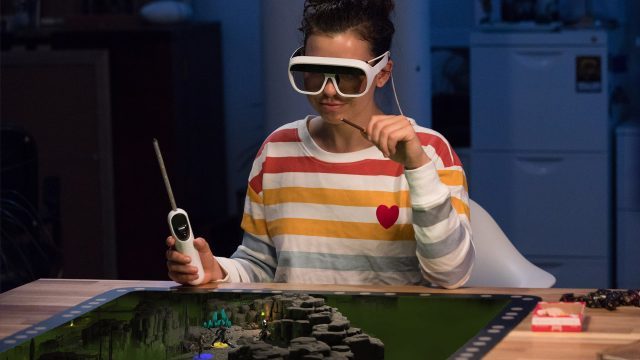
Though the Tilt Five headset certain encourages multi-user play (including the potential for networked multiplayer games), the board is also pitched as supporting single player games too. Each of the Kickstarter tiers includes an introductory game pack which includes six titles, some of which are single player and some multiplayer (though you’ll need more than one headset for the multiplayer games). All of the included games work on Android and Windows.

Tilt Five starts at $300 for a complete kit, which includes the headset, wand controller, display board, and more. Two SKUs are available, the LE and the XE, with the only difference being the size of the display board (and the XE comes with a ‘kickstand’ which allows you to prop up the side of the board allowing you to see further into the virtual world. More expensive tiers offer up the larger board, a deluxe box with carrying handle,” and access to stretch goal options. Yet more expensive tiers offer more than one headset in the box so that you can play with your friends.
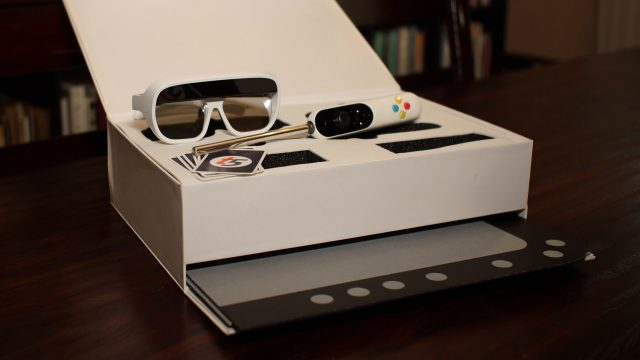
According to Tilt Five, the headset has 720p resolution, 110 degree diagonal field of view, and supports games up to 60Hz. There’s also on-board audio, a microphone, and an 8MP camera on-board for computer vision. Meanwhile, the headset weighs just 85 grams.
Though the company says it’s for “early adopters”, Tilt Five is not explicitly designating the headset as a dev kit, but says that any version of the headset can be used as such for developers who want to build games for the platform using an SDK provided by the company, including support for Unity and UE4.
Tilt Five says that third-party developers are already building content for the platform, including a commitment from Fantasy Grounds, a virtual tabletop platform that supports popular tabletop RPGs like Dungeon & Dragons.
If you’re thinking some of Tilt Five’s work looks and sounds familiar, it isn’t déjà vu.
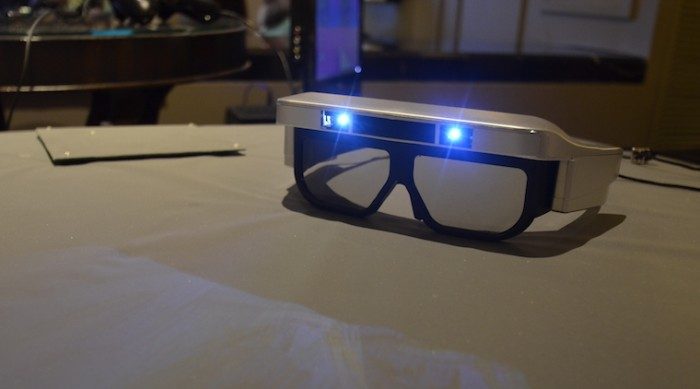
Technical Illusions, which spun out of Valve in 2013 with Jeri Ellsworth (also one of Tilt Five’s founders), was working on very similar projection-based headset called CastAR for several years, though its ambitions went far beyond tabletop gaming. Though the company raised $15 million in venture funding, it was reportedly shut down in 2017 before it was able to get its AR system to market.
Though we don’t know the full reincarnation story at this point, Tilt Five has taken a much more tractable approach by focusing specifically on the tabletop gaming use-case, and looks ready to springboard off of the late CastAR.
The post Tilt Five Kickstarter Nearly Doubles Funding Goal, Approaching $1M Milestone with 28 Days Remaining appeared first on Road to VR.
Ream more: https://www.roadtovr.com/tilt-five-ar-headset-kickstarter/
